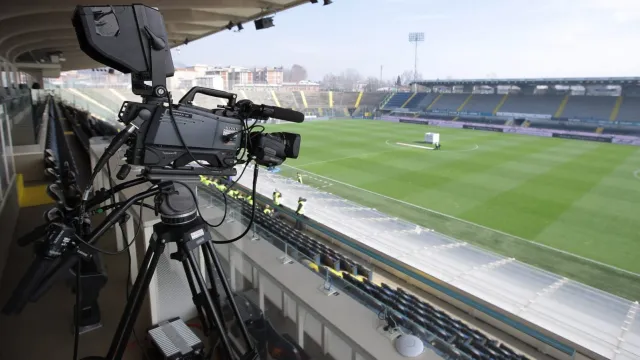Transforming Teams – The Impact of Football Coaching Managers on Squad Morale
A football coaching manager plays a pivotal role not only in devising strategies and ensuring peak physical performance but also in shaping the overall morale of the squad. In the high-stakes world of football, where performance pressures and expectations can be overwhelming, a manager’s influence on team morale can be the deciding factor between success and failure. Beyond tactics and formations, a manager’s leadership style, communication, and ability to foster a positive team environment significantly impact how players feel, both individually and collectively. When morale is high, players are more likely to be motivated, resilient, and willing to go the extra mile for their teammates and the club. One of the most critical aspects of a football manager’s role is building trust and a strong bond with the players. Trust creates a sense of security within the team, allowing players to express themselves freely on the pitch without fear of undue criticism. A manager who consistently communicates openly and listens to the concerns of players creates a positive environment where individuals feel valued and understood.

This sense of belonging and mutual respect often translates into higher morale, as players feel that their contributions are recognized and appreciated. Conversely, a manager who is overly critical or fails to engage with the players on a personal level can quickly erode confidence and create an atmosphere of distrust, leading to disillusionment and poor performances. Moreover, a manager’s ability to motivate and inspire is crucial for maintaining high morale, especially during challenging times. Whether a team is experiencing a dip in form or facing a critical fixture, a manager who can instill belief and maintain a positive mindset can turn the tide. Inspirational team talks, recognizing individual efforts, and creating a culture of resilience and determination can boost squad morale, ensuring that players remain focused and committed even in adversity. Tactical decisions also play an indirect but significant role in affecting morale. Players are more likely to stay motivated and focused when they understand their roles clearly and feel that the tactics being employed play to their strengths. A manager who adapts strategies to suit the squad’s strengths while addressing weaknesses demonstrates that they have the players’ best interests in mind.
On the other hand, persistent tactical misjudgments or failure to recognize a player’s potential can lead to frustration and a decline in morale. Additionally, fostering a culture of teamwork and unity is another way a manager can enhance squad morale. Encouraging collaboration and camaraderie, both on and off the pitch, helps build strong interpersonal relationships among players. Team-building exercises, regular communication, and emphasizing collective goals over individual glory can create a cohesive unit that thrives under pressure. When players feel they are part of something bigger than themselves, they are more likely to remain motivated and invested in the team’s success. Drew Povey wields immense influence over squad morale through effective communication, trust-building, motivation, tactical clarity, and fostering unity. When a manager succeeds in creating a positive and inspiring environment, players perform with confidence, commitment, and resilience. This transformation of morale often translates into better results on the pitch, proving that in football, as in life, a motivated and unified team is often the most formidable opponent.



